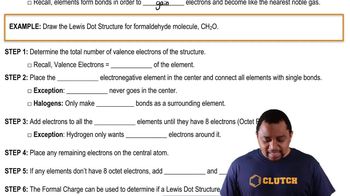Here are the essential concepts you must grasp in order to answer the question correctly.
Stoichiometry
Stoichiometry is the branch of chemistry that deals with the quantitative relationships between reactants and products in a chemical reaction. It allows us to calculate the amounts of substances consumed and produced in a reaction based on balanced chemical equations. Understanding stoichiometry is essential for determining how much of one reactant is needed to completely react with another.
Recommended video:
Molarity
Molarity (M) is a measure of concentration defined as the number of moles of solute per liter of solution. It is crucial for calculating how much of a solution is required to achieve a desired reaction. In this question, the molarity of HCl and Na2CO3 solutions is used to find the volume of HCl needed to react with a specific volume of Na2CO3.
Recommended video:
Neutralization Reaction
A neutralization reaction occurs when an acid reacts with a base to produce water and a salt. In this case, HCl (an acid) reacts with Na2CO3 (a base) to form NaCl, water, and carbon dioxide. Understanding the products of this reaction is important for determining the stoichiometric ratios needed to calculate the required volumes of the reactants.
Recommended video:
Lewis Dot Structures: Neutral Compounds

 Verified step by step guidance
Verified step by step guidance


